FAQs!
FAQs
-
Tempeh (or tempe) is a traditional Indonesian food made from fermented soybeans. It is likely to have originated thousands of years ago. It is a common food throughout South-East Asia, and increasingly in the rest of the world.
Tempeh is a cake-like substance made from cooked and slightly fermented soybeans. The controlled natural fermentation helps to break down the phytic acid in soybeans, making the starches in tempeh easier to digest. After fermentation, the soybeans are formed into a firm white cake, and may take the form of a burger patty or a block.
Tempeh starter culture is made from a fungus called Rhizopus oligosporus or Rhizopus oryzae, originally introduced through the use of hibiscus leaves in food preparation. The culture may also be extracted from ‘mature’ tempeh spores (tiny black specks that form on the tempeh) and then dried and blended into a powder with rice flour. Small amounts of this powder mixture are used to inoculate new beans and create the tempeh cake.
Tempeh became readily available in the West in the 70s, since then it has become a common protein staple for people who enjoy plant-based foods.
-
The fermentation gives tempeh an earthy, savory, mushroom-like flavor that's much stronger than the flavor of tofu. While tofu is often soft and bland, tempeh is chewy and nutty. Because it is a fermented protein, tempeh is loaded with umami, which gives it a savory meatiness. Plain, it contains no salt, so it's often marinated in soy sauce. The fluffy porous nature of the tempeh culture also absorbs flavours exceptionally well from any marinade or cooking sauce.
-
Both products are commonly used as a nutritious protein staple and can be cooked in numerous ways. Tofu is made from condensed soy milk while tempeh is made from fermented soybeans. Tempeh's nutty flavor contrasts with tofu’s mild, flavorless profile.
-
In theory yes, but it’s not recommended. The bean portion of tempeh is cooked, but unless the tempeh is pasteurised, the mycelium culture is raw. And like all mushrooms, it is generally better cooked.
Please note: Kaslo Cultured tempeh is raw and unpasteurised, please cook it prior to eating.
-
Tempeh is usually fried, steamed, baked or boiled.
Tempeh has its own flavour and may be enjoyed simply grilled in olive oil until slightly crispy and sprinkled with salt. Try adding tempeh to a stir-fry like you would with tofu or meat. You can crumble it, finely chop it, or even grate it with a cheese grater and add it to soups or chili. You can bake it in a casserole or give it a nice crisp edge when you fry it or cook it on the grill.
For slabs or cubes, it is best sliced no thicker than 2cms, or 3/4 inch. Try cutting it into thin slices, marinate, and pan fry (careful with the oil, since tempeh is like a sponge). Use the fried strips in sandwiches and salads. Or, crumble and cook like taco meat for old school tacos or as a filling for enchiladas.
Many recipes recommend softening the tempeh before you cook with it or add it to a dish. Typically this means steaming or simmering it for about 10 minutes. Although not necessary, this process makes it extra absorbent for seasonings and sauces.
Good tempeh marinade ingredients include soy sauce, vinegar, citrus juice, coconut milk, peanut butter, ginger, spices, or sweeteners like maple syrup, agave nectar or honey. Even a quick coat of soy sauce and a few other seasonings significantly heightens the flavor.
-
Tempeh is a nutrient-dense bean product with a high amount of protein, as well as various vitamins and minerals. It is popular with vegans and vegetarians because it has vitamin B12 and is a complete source of protein. That means it has all nine of the essential amino acids your body need for healthy bones and muscles. Also, it’s not just for people who don’t eat meat. Tempeh is an excellent way to increase plant-based food intake in any diet.
Check out the “Top 5 Health Benefits of Tempeh” from BBCgoodfood.com
or “Why Tempeh is Incredibly Healthy and Nutritious” from Healthline.com

